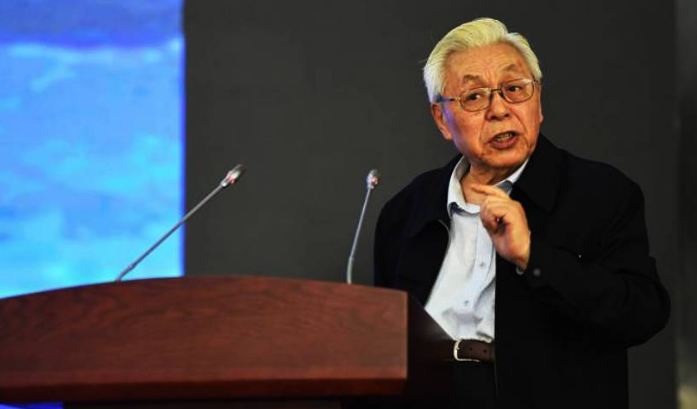Says India’s moon landing site not near South Pole
Ouyang Ziyuan, a Chinese scientist known as the father of China’s lunar exploration program, has claimed that India’s Chandrayaan-3 lunar landing achievement is overstated.
Ziyuan told the Chinese-language newspaper Science Times that the landing site, at 69 degrees south latitude, is not near the South Pole.
He defined the South Pole as being between 88.5 and 90 degrees.
The scientist also said that the Chandrayaan-3 landing was 619 kilometres away from the polar region.
Ziyuan is not the first Chinese scientist to have questioned Chandrayaan-3’s achievements.
Earlier, Pang Zhihao, a Beijing-based space expert, had told Global Times that China is far more advanced in various areas of space exploration.
Pang said that China can send orbiters and landers directly into the Earth-Moon transfer orbit since the launch of Chang’e-2 in 2010, something India cannot do considering the limited capacity of its launch vehicles.
He also said that the engine China uses is far advanced, and its lunar rover is much bigger.
Pragyan has a lifespan of one lunar day and cannot withstand the lunar nights, but China’s Yutu-2 rover holds the record of working for the longest time on the lunar surface as it is nuclear-powered.
Despite the criticism from Chinese scientists, it is important to note that India ventured farther than any other spacecraft, including Russia, the US, and China, with its Chandrayaan-3 mission.
Russia’s Moon mission, Luna-25, scheduled to reach before Chandrayaan-3, crashed into the lunar surface. Russia’s first moon mission in 47 years crashed on August 19 as it spun out of control, crashed into the lunar surface and left a 10-meter wide crater on the Moon.
Read more: Update on India’s moon lander and rover part of Chandrayaan-3
China’s mission touched down 45 degrees south in 2019, and the US’s Surveyor 7 landed at about 41 degrees south in 1968.
The landing on the South Pole of the Moon is of immense interest to countries because there is strong evidence that the lunar South Pole has the presence of ice molecules which could be of great significance for future space explorations.

















